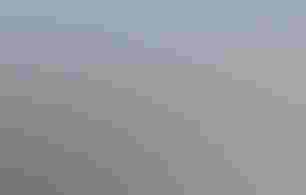
Florida’s beaches may be quieter in the winter, but the Sunshine State’s coldest months are important foraging and resting periods for vulnerable sea and shorebirds.
Most avid birders come across a banded bird sooner or later, but might not know how important it is to report what they see. Banded bird sighting reports are vitally important to the conservation and long-term survival of many of our most imperiled bird species, and amateur bird watchers play a critical role!

Florida’s beaches may be quieter in the winter, but the Sunshine State’s coldest months are important foraging and resting periods for vulnerable sea and shorebirds.

The successful nesting season for X16 and her mate confirms that American Oystercatchers can be versatile in their nesting habitat.

Since 2017, ³Ô¹ÏºÚÁÏ has banded and released more than 85 fledgling Bald Eagles as part of an ongoing banding study.

New technology uncovers the mystery of Roseate Spoonbill movement.

Banded in 2018, ³Ô¹ÏºÚÁÏ staff re-sighted the pelican on Egmont Key in May of 2021.

The Coastal team's Kylie Wilson spots a banded Red Knot on Lido Key.
Let us send you the latest in bird and conservation news.
